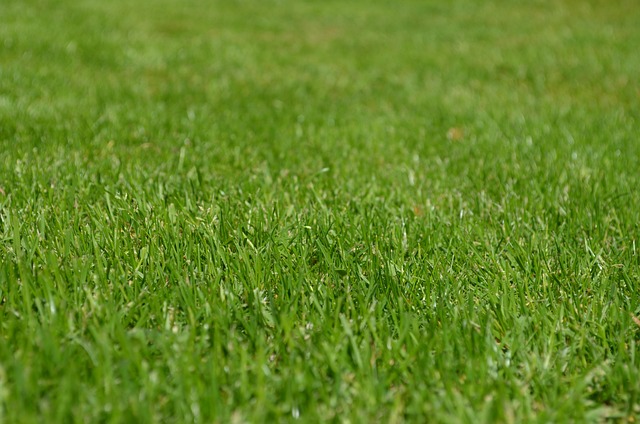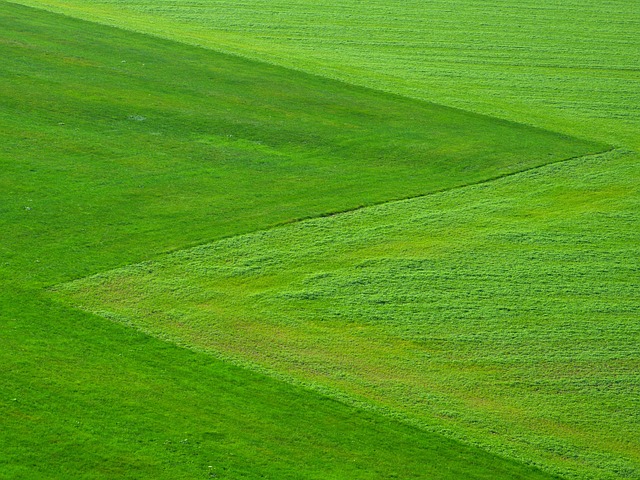Before starting any lawn care or landscaping project, thoroughly assess your needs, available space, climate, and soil type. Plan accordingly by setting clear objectives, such as aesthetic enhancement or functional requirements, to guide decisions on plant selection, hardscape features, and irrigation systems. This initial step ensures a well-integrated design that caters to your lifestyle and increases property value through effective lawn care and landscaping practices.
“Transform your outdoor space into a vibrant oasis with our comprehensive guide to landscaping design. From initial planning to long-term care, we’ll navigate you through every step. Start by assessing your needs, defining aesthetic and functional goals, and sketching concepts tailored to your region’s climate. Learn how to prepare the site, select resilient plants, and integrate hardscaping for a striking landscape. Discover efficient irrigation systems and expert lawn care tips. Ensure longevity with seasonal plant maintenance, regular inspections, and design updates. Master both the art and science of landscaping with these essential strategies.”
- Assessing Your Landscaping Needs and Planning
- – Understanding your space: measuring and evaluating the area to be landscaped
- – Identifying landscape goals: defining purposes like aesthetics, functionality, sustainability
Assessing Your Landscaping Needs and Planning

Before diving into the world of landscaping design, it’s crucial to assess your specific needs and plan accordingly. Start by evaluating your lawn care requirements – do you seek a lush green oasis or perhaps a low-maintenance yard? Consider factors like climate, soil type, and available space. A well-thought-out plan will guide your decisions on plant selection, hardscape features, and irrigation systems, ensuring your landscaping project aligns with both your aesthetic desires and practical needs.
This planning stage is also essential for integrating various elements seamlessly. Think about the flow of movement through your yard – do you want winding paths or open gathering spaces? Incorporating functional areas like patios, decks, or gardens requires careful consideration to create a harmonious outdoor living space that caters to your lifestyle and enhances the overall value of your property through effective lawn care and landscaping practices.
– Understanding your space: measuring and evaluating the area to be landscaped

Before tackling any lawn care or landscaping project, it’s crucial to understand your available space. The first step is meticulous measurement—take note of both the length and width of the area, ensuring accuracy for precise planning. This initial evaluation involves identifying existing features like trees, shrubs, or structures that will impact your design.
Consider the overall layout, sunlight exposure, drainage patterns, and any slope or elevation changes. These factors influence plant selection, hardscape placement, and functional areas within your landscape. Understanding your space sets the foundation for a well-designed and harmonious outdoor environment that meets your specific needs and aesthetic preferences.
– Identifying landscape goals: defining purposes like aesthetics, functionality, sustainability

When it comes to landscaping design and implementation, the first step is to identify clear landscape goals. This involves defining the primary purposes behind your outdoor space, which can range from aesthetics – creating a visually appealing environment that enhances your property value – to functionality, ensuring the space meets your specific needs like providing a relaxing retreat or an area for entertaining guests. Sustainability should also be considered, implementing eco-friendly practices such as water conservation and the use of native plants to create a beautiful and responsible landscape.
In terms of Lawn Care and Landscaping, these goals will guide the overall design process, influencing choices about hardscapes, softscapes, and structural elements. For instance, if aesthetics are paramount, you might opt for elaborate garden beds and carefully curated landscaping features. Conversely, if functionality is key, your design could prioritize open spaces for recreation and easy access to outdoor living areas. Each decision should contribute to achieving these identified landscape goals, ultimately transforming your yard into a harmonious blend of form and function.
Incorporating effective landscaping design and implementation goes beyond aesthetics; it transforms outdoor spaces into functional, sustainable oases. By meticulously assessing your needs, understanding your available space, and setting clear landscape goals – whether for enhanced aesthetics, improved functionality, or both – you lay the groundwork for a thriving lawn and garden that reflect your unique style and contribute to your overall well-being. Remember, proper planning and execution in landscaping design are key to achieving beautiful, low-maintenance outdoor environments that thrive for years to come, requiring minimal effort from you while maximizing enjoyment.




